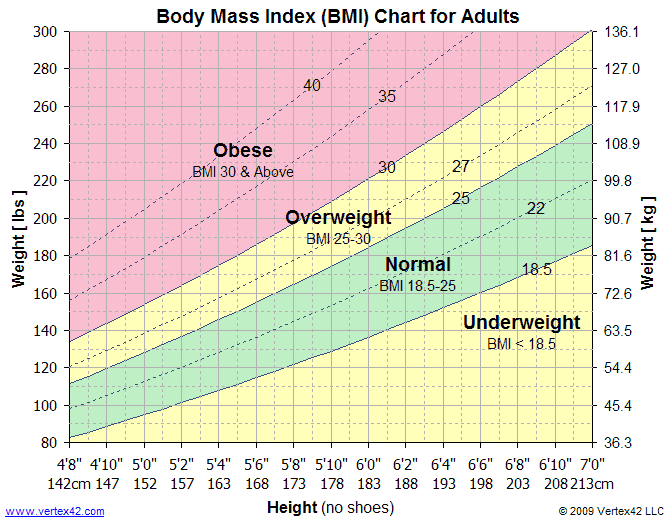Technology is forever improving and as future teacher’s it is our job to ensure that we can provide our students with excellent learning opportunities from resources which are available to us through the internet. In Social Studies there is a huge bank of online resources which you can use and I will look into different mapping ideas which will potentially excite and engage children in the use of maps for both history and geography. Within the Technology Principles and practice paper’s CfE (2012) mentions the importance of people of Scotland understanding the technologies but also how this can affect the future too. The correct use of technology can create lots of opportunities for learning different skills within ICT but also through interdisciplinary learning like the mapping which I will explore.
There are a huge number of mapping resources available to use online such as Google Earth (3D images of the world), digimaps (http://digimap.edina.ac.uk/ ) Google maps, ocearch.org, Globe viewer and Chrome experiments. All of these have different uses and I will go into a few in more detail. For children when exploring maps and geography it can be difficult without a relevant context so using interactive maps which show the actual world can be extremely beneficial for their understanding of the world as they may not have been lucky enough to have holidays abroad or even explore Scotland. The Ofsted Report (2011) looks at geography lessons which were excellent and highlights the importance of a use of a range of maps and also links to ICT in developing ‘sense of place and space through enquiry and discovery.’
Milson (2002) explores the effective use of the internet when teaching social studies as ‘offers significant opportunities’ which is clear in the view of digital mapping. It is very important to have structured learning when using such rich resources as they can be easily distracted when using a computer. The lessons could have stemmed from questions which have been asked during another lesson on maps e.g. is the world round? This can be explored on Globe Viewer which is a 3D image of the earth showing a real perspective of mountain ranges, oceans and shows that the world is in fact not round, but has lots of bumps and holes which are represented visually which the children are more likely to be able to relate to. This resource and can be used interactively with the class using an interactive whiteboard.
Russell (2010) shares her ideas of the importance of teachers being up to date with the current and everchanging status of ICT in schools. As there are more and more ICT equipment more readily available for children to use both at school and home this is more likely to engage children within the classroom. She also looks at the use of ICT in geography and mapping relating to enquiry based learning as there is a wealth of knowledge and information on the internet which can be explored by the children in the classroom but also at home or in the local library.
Catling and Willy (2018) explore the excitement which maps give children and can be further shared with the use of ICT whether it’s taking digital photographs and relating this back to the area on the map or actually exploring maps on the computer or interactive whiteboard as a class. They also highlight the importance of introducing this slowly as it is easy to bombard children with too much information so starting in the early years with atlases to explore or globes then slowly introducing different maps including digital maps which can show a real perspective of the world.
Overall it is clear that the use of ICT and social studies can be closely related and used to capture the interests of the children to imporve both their ICT skills but also knowledge in Social Studies.
Catling, S and Willy, T (2018) Understanding and Teaching Primary Geography. 2nd Ed. London: SAGE.
Curriculum for Excellence (2012) Principles and Practice Documents for Technologies. Available at: https://education.gov.scot/Documents/technologies-pp.pdf (Accessed: 1 November 2018)
Milson, A.J. (2002) The Internet and Inquiry Learning: Integrating Medium and Method in a Sixth Grade Social Studies Classroom. Theory & Research in Social Education, 30:3, 330-353.
Russell, K (2010) ‘Geography and ICT’ in Scoffman, S. (ed.) Primary Geography Handbook Sheffield: Geographical Association.




